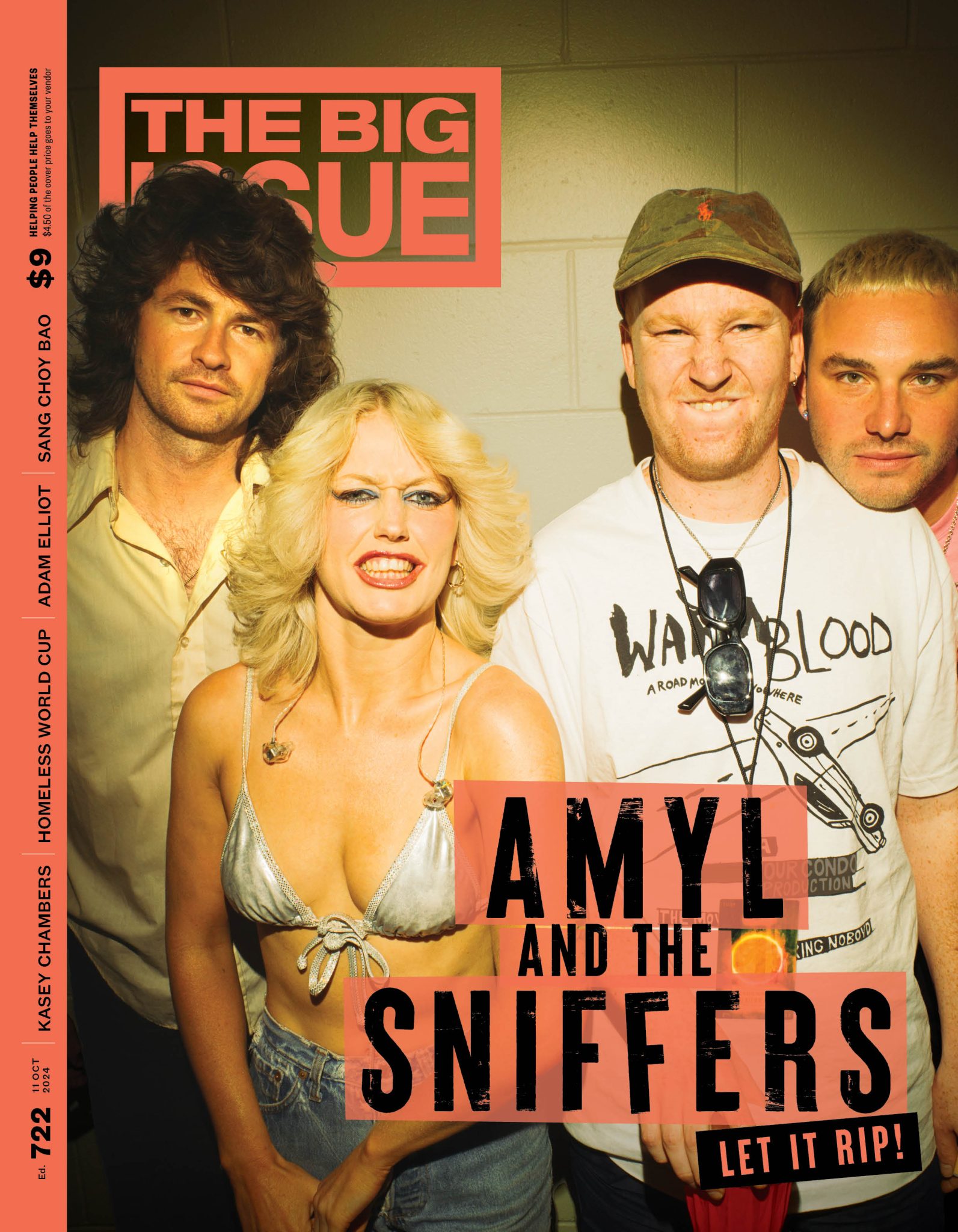Some people get excited about limited-edition sneakers or rare vinyl records. For me, I can’t get enough of new food discoveries.
On a recent summer morning at Paddy’s Markets in Sydney, I thought I saw a ghost. To be more specific, it was a ghost if a capsicum could be a ghost. It was my first time seeing white capsicums: hundreds of them glowing on a wooden table, sandwiched between piles of Lebanese cucumbers and prickly bundles of kale.
Until this moment, I thought I knew all there was to know about capsicums – which is that they existed mainly in a trio of traffic light colours: green, yellow/orange, red. But it turns out capsicums can also be white, purple and brown.
I haven’t been able to stop talking about white capsicums since I saw them. I may as well have seen a white rhino at the markets, such is my sense of awe at this encounter. Some people get excited about limited-edition sneakers or rare vinyl records. For me, I can’t get enough of new food discoveries. I don’t mean the latest places to eat, but fascinating facts about food, like that there are more than a thousand varieties of cherries, or that there’s a pasta called radiatori because it’s in the shape of a radiator.
It’s not even about eating capsicums or cherries or radiatori. I just like that they exist, that there are still surprises to be found at the markets, that there can be so many ways for one species of fruit to be, that an old industrial heating fixture inspired a pasta shape.
Maybe it comes from a sense of wonder at how much creativity exists in the food world. For example, my favourite Wikipedia page (List of Pasta) includes information on 181 different types of pasta. Sure, spaghetti, fettuccine and penne are fine for dinner, but isn’t it delightful to know that, in Tuscany, there’s a short pasta shaped like a chef’s hat (cappelli da chef)? That there is another short pasta, from Apulia, which is called festoni, and is described as “thick, ruffled helices”? The delightful novelty of it all is something I just can’t get past-a.
It’s that novelty, those little blips, that disrupt an ordinary day. You won’t find me lining up for the latest variation on croissants, doughnuts or cronuts, but I am hungry for information about pastry‑related crazes. Who knew there were so many variations on a theme beyond ham and cheese, and jam? Bring me the latest on spiral croissants, those round flaky pastries filled with cream, dipped in something sweet (like chocolate), and dusted with Instagram potential. Send me every video you see about panko‑crusted croissants filled with Japanese curry. Wasabi cheese doughnut, you say? Tell me more. I’m here to marvel at people’s endless inventiveness (and occasionally, their questionable palates).
One of my favourite food discoveries last year involved a type of French bread from Provence called fougasse. Before it’s baked, the slab of dough has holes slashed in it, the way you would draw a head of wheat. The finished product can look like several large pretzels joined together in hole-y matrimony, and it’s a chewy, moreish delight, especially when studded with olives.
But it’s the fougasse’s backstory that really tickles me. The bread was originally used to check a wood fired oven’s temperature, to see if it was suitable before the rest of the day’s loaves were put in the oven. It’s bread not to test the waters, but to test the fires: a method of checking temperature which you can then eat. An edible thermometer? Delightful.
Jennifer Wong’s new stand-up show, The Sweet and Sour of Power, is playing at Adelaide Fringe, Melbourne International Comedy Festival, Sydney Comedy Festival, Perth Comedy Festival and in Brisbane and Canberra.
Published in ed#707
